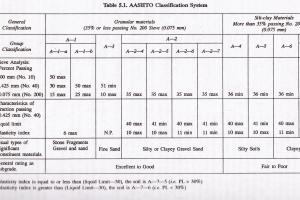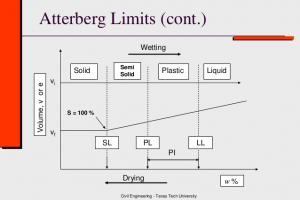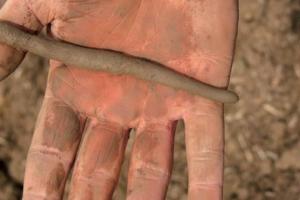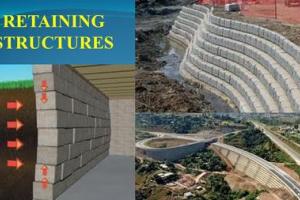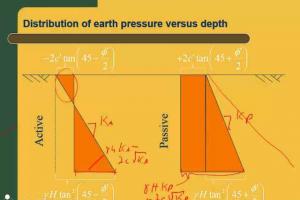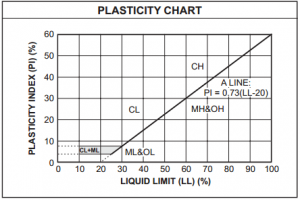Comparison of Coarse-Grained and Fine-Grained Soils for Engineering Use
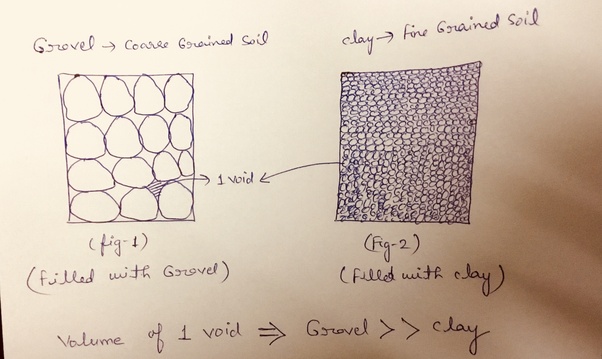
Understanding the Differences: Coarse-Grained and Fine-Grained Soils
In the realm of engineering, soils can be broadly classified into two main groups: coarse-grained soils, such as sand and gravel, and fine-grained soils, including silts and clays. It is vital to grasp the distinctions between these two types of soils in order to make informed decisions regarding soil composition and particle sizes.
Fine-grained and coarse-grained soils exhibit contrasting physical and mechanical responses. Geotechnical engineers must comprehend these disparities to choose appropriate soils for construction purposes and design stable foundations to support structures. Fine-grained and coarse-grained soils possess distinct engineering properties. While moisture content significantly influences the behavior of fine-grained soils under static loading, it has less impact on coarse-grained soils.
Coarse-Grained Soil for Engineering Use
- Good load-bearing capacities
- Exhibits commendable drainage qualities, although the presence of fines (particles smaller than 5%) can reduce drainage effectiveness
- Coarse-grained soils with angular particles have higher strength (shearing resistance), higher compressibility, and lower density than coarse-grained soils with rounded particles.
- Practically incompressible when dense
- The engineering properties of coarse-grained soils are controlled by
- The grain size of the particles
- The structural arrangement of particles
- Loose coarse-grained soils are prone to significant volume changes
- Vibrations can exacerbate volume changes in loosely packed coarse-grained soils
- When coarse-grained soils (such as sands) below the groundwater table experience vibrations, such as during an earthquake, they can exhibit fluid-like behavior, leading to structural instability and failure.
Fine-Grained Soil for Engineering Use
- Exhibits lower load-bearing capacities compared to coarse-grained soils
- Displays poor drainage qualities
- Homogeneous clays are practically impermeable
- Engineering properties of fine-grained soils are influenced by:
- Mineralogy
- Geological conditions (e.g., layering)
Identifying coarse-grained soils primarily relies on particle size, while fine-grained soils require additional mineralogical characterization for accurate identification. Particle size distribution is typically represented on a semi-logarithmic plot, with the percentage of finer particles (vertical axis, arithmetic scale) plotted against particle size (horizontal axis, logarithmic scale).
The particle size distribution plot aids in discerning different soil textures, including the percentages of gravel, sand, silt, and clay within a given soil. An important parameter, known as the effective size (D10), represents the particle diameter at which 10% of the soil is finer. D10 plays a crucial role in regulating fluid flow through soils and significantly influences their mechanical behavior.
Coarse Grained Vs Fine-Grained Soil Video
By understanding the characteristics and behavior of coarse-grained and fine-grained soils, engineers can make informed decisions regarding soil selection and design foundations that ensure the stability and safety of structures.



